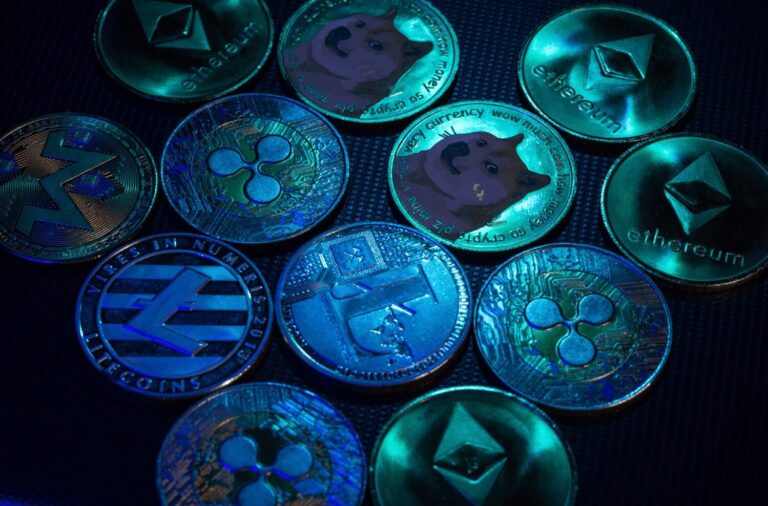
In a move that blends the old-world reliability of gold with the innovation of blockchain, Coinbase has taken a notable step toward embracing commodity-backed digital assets. The U.S.-based crypto exchange giant has announced that PAX Gold (PAXG) is now officially on its listing roadmap—signaling potential trading support in the near future.
The announcement was quietly posted on social media platform X (formerly Twitter), where Coinbase shared its intention to possibly list PAXG. While inclusion on the exchange’s roadmap doesn’t guarantee a listing, it’s a strong indication that the asset is under active review. It also plays a key role in increasing transparency and deterring insider trading—two issues that have historically plagued the crypto industry.
What is PAXG and Why Does It Matter?
PAX Gold is an Ethereum-based token issued by Paxos, a regulated blockchain infrastructure firm. Each PAXG token represents one fine troy ounce of physical gold held securely in London Bullion Market Association (LBMA)-approved vaults. In essence, PAXG allows investors to own tokenized gold without needing to physically store it.
This isn’t just another crypto token. By leveraging blockchain, PAXG offers traditional gold investors a faster, more accessible way to move and store their wealth. No shipping. No storage fees. Just blockchain efficiency tied to the world’s oldest store of value.
According to Paxos, “Owning PAXG means you directly own the gold that backs it—fully allocated and stored in LBMA vaults, and audited monthly for transparency. The Paxos Trust Company, which is regulated by the New York State Department of Financial Services, acts as custodian.”
Why Is This Move Significant?
Coinbase’s potential listing of PAXG marks a growing appetite among major exchanges to diversify beyond typical crypto assets and delve into more traditional commodity-pegged instruments. With market volatility remaining a concern, gold-backed tokens like PAXG offer a stable option for risk-averse traders.
More broadly, the interest in digital gold reflects a shift in how investors are thinking about value preservation in the age of digital finance. It’s not just about Bitcoin anymore—assets like PAXG offer a hedge that combines real-world collateral with blockchain technology.
PAXG Isn’t Alone: Tether Gold (XAUT) Also Gaining Ground
PAXG isn’t the only player in this space. Tether, the issuer of the widely used USDT stablecoin, also offers a gold-backed token known as Tether Gold (XAUT). Last week, the company reported that it holds $770 million worth of gold bullion to back its XAUT reserves.
Launched in 2020, XAUT is similarly pegged to the value of one ounce of gold. According to Tether, “Each XAUT token represents ownership of one ounce of physical gold, stored in secure Swiss vaults.” This offers another alternative for those looking to maintain exposure to gold without dealing with the logistics of traditional ownership.
The Bigger Picture: Tokenized Commodities on the Rise
The tokenization of real-world assets (RWAs) is gaining serious momentum, and Coinbase’s latest announcement is yet another sign of that trend. Whether it’s gold, real estate, or even art, turning tangible assets into blockchain-based tokens is being viewed as the next frontier in crypto.
Coinbase’s openness to listing PAXG and potentially other similar tokens could pave the way for broader adoption of asset-backed stablecoins. It may also serve as a bridge for more traditional investors to enter the crypto space—attracted by the familiarity of gold and the efficiency of blockchain.
Final Thoughts
While it’s still early days and a listing isn’t guaranteed, Coinbase’s interest in PAXG signals a maturing DeFi ecosystem that is increasingly blending digital innovation with traditional financial principles. As regulatory clarity improves and institutional interest in stable, asset-backed tokens grows, we may be witnessing the early stages of a broader gold rush—this time, on the blockchain.


